Professional Live Bat Exclusion Services in Michigan
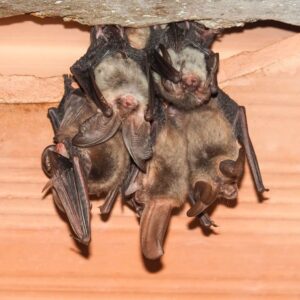
Bats play an essential role in Michigan’s ecosystem by controlling insect populations, but they do not belong inside homes or commercial buildings. If bats have taken up residence in your attic, chimney, or walls, it’s crucial to remove them legally and humanely. Michigan Bat Expert provides professional live bat exclusion services, ensuring that bats are safely removed without harm while sealing entry points to prevent future infestations.
EXCELLENTTrustindex verifies that the original source of the review is Google. Fast and responsive!Trustindex verifies that the original source of the review is Google. We used Michigan Bat Expert for skunk removal. Britney was very helpful on the phone to give me options and schedule. The tech that arrived to pick up our pre-trapped skunk was very friendly and knew exactly what to do. We will be telling everyone in our subdivision about them! Great customer service, reasonably priced and you feel good knowing the little critters are being relocated to new land.Trustindex verifies that the original source of the review is Google. Excellent Service and very friendly staff Quick response Highly recommendTrustindex verifies that the original source of the review is Google. This is such a great service. I love the fact that the take the animals and release them instead of euthanizing them. The team is awesome and very professional. I try trapping myself but they know all the right things to do. I recommend Michigan bet expert to anyone that has a problem with raccoons they know their stuff?Trustindex verifies that the original source of the review is Google. Did a good job explaining options and issues. Completed work quickly and did a visual inspection with me. Explained their job garuatee. Easy to work with and were very efficient.Trustindex verifies that the original source of the review is Google. Professional and prompt. Answered all my questions and explained everything they did thoroughly.Trustindex verifies that the original source of the review is Google. Great service as always, and reasonable pricesTrustindex verifies that the original source of the review is Google. A great company I found them on google, great service. I will always have them do service for me as long as they’re in business.
Why Live Bat Exclusion / Removal Is Important
Unlike other forms of wildlife removal, bat exclusion is a highly specialized process. Under Michigan law, it is illegal to kill or harm bats, as many species are protected. Instead, live bat exclusion involves using one-way exit devices that allow bats to leave but prevent them from re-entering. This ensures a safe and permanent solution without violating state or federal wildlife protection laws.
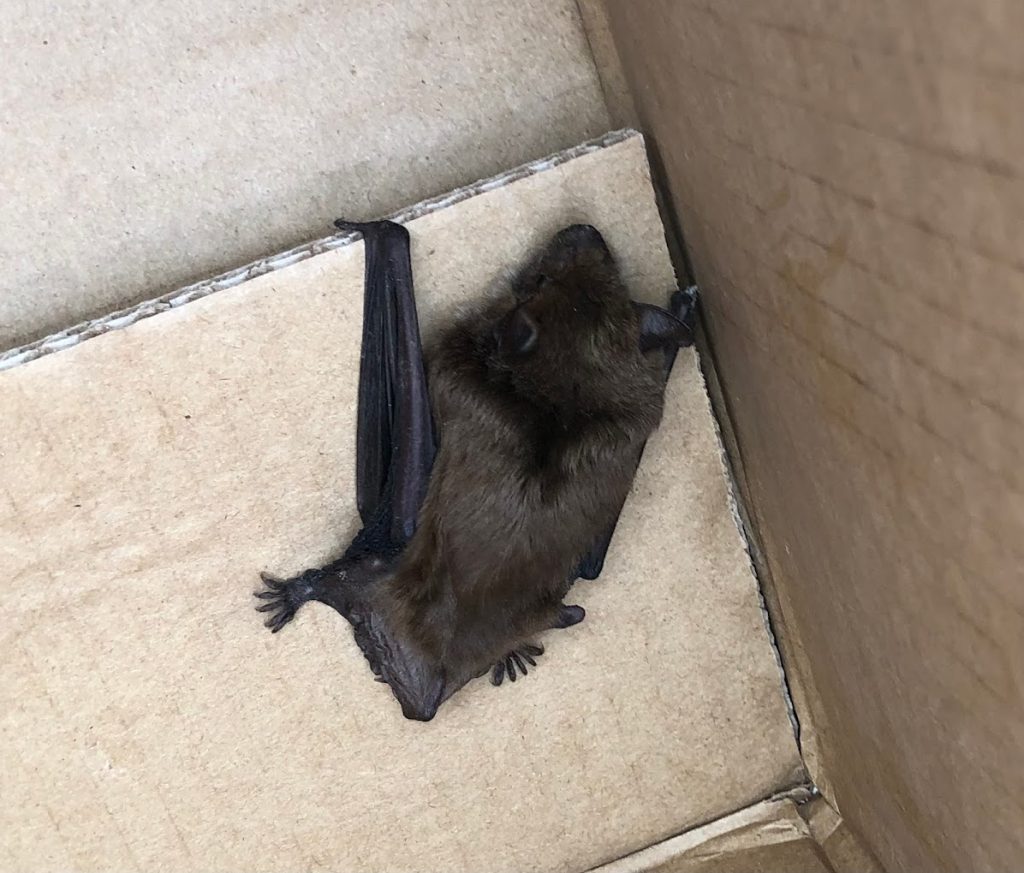
Signs You May Have a Bat Infestation
Bats are nocturnal creatures that roost in quiet, dark areas. If you notice any of the following signs, you may have a bat colony living inside your home:
Scratching or fluttering noises in walls, attics, or chimneys during the night.
Bat droppings (guano) accumulating near entry points or inside the attic.
Strong ammonia-like odors from urine-soaked insulation.
Bats flying near your roof or vents at dusk.
Stains or streaks around small holes, which indicate frequent bat entry.
If left untreated, bat infestations can lead to serious health risks, including exposure to rabies and histoplasmosis, a lung disease caused by inhaling fungal spores from bat guano.
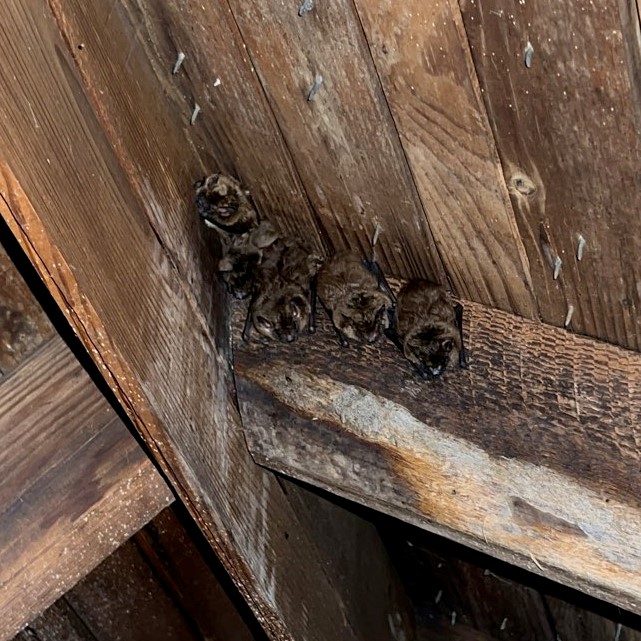
Our Humane Bat Removal & Exclusion Process
At Michigan Bat Expert, we follow a safe, legal, and effective bat exclusion process that ensures bats are removed without harm and cannot return.
1. Comprehensive Bat Inspection
Our trained technicians conduct a detailed inspection to locate bat entry points, roosting areas, and signs of damage. We identify all possible openings to ensure a complete exclusion process.
2. One-Way Exclusion Device Installation
We install one-way exit devices over bat entry points. These allow bats to leave at night to forage but prevent them from re-entering. This process is conducted outside of the bat maternity season (May–August) to avoid trapping baby bats inside.
3. Sealing & Exclusion Work
Once all bats have exited the structure, we seal all entry points with durable materials like steel mesh, bat-proof caulking, and exclusion barriers to ensure they cannot return.
4. Guano Cleanup & Sanitization
Bat guano can pose serious health risks. We provide safe guano removal, attic restoration, and sanitization services to eliminate bacteria, odors, and fungal spores that could affect your indoor air quality.
5. Long-Term Bat Prevention Solutions
We provide expert recommendations to prevent future infestations, including installing bat deterrents, securing vents, and maintaining your property’s structure to prevent future bat entry.
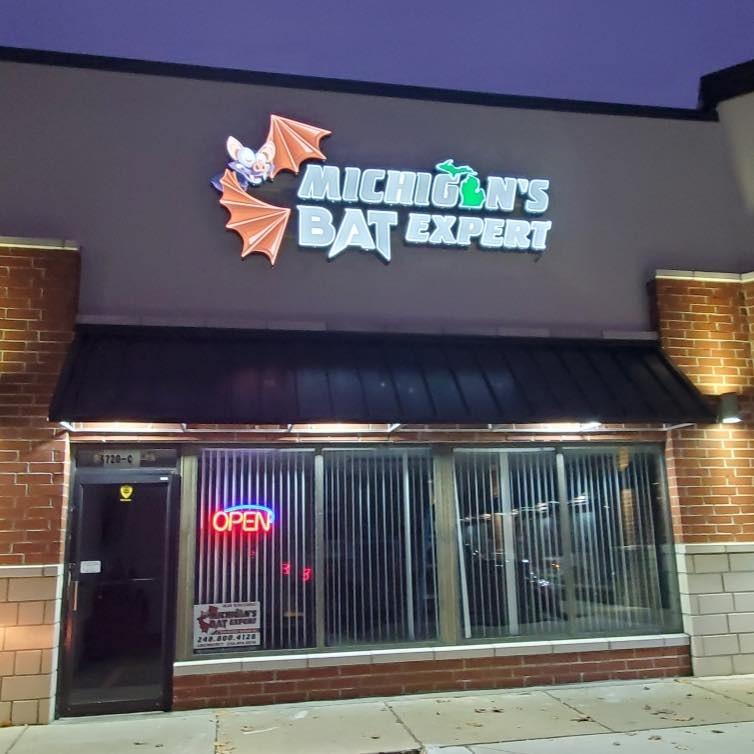
Why Choose Michigan Bat Expert for Live Bat Exclusion?
Licensed & Insured Professionals – Our team is trained in humane, legal bat removal.
100% Safe & Non-Lethal Methods – We follow Michigan laws to ensure no bats are harmed during the exclusion process.
Comprehensive Inspections & Exclusions – We identify all entry points and seal them properly to ensure long-term success.
Odor & Guano Removal – We don’t just remove bats; we also clean and sanitize affected areas to protect your home.
Proven Track Record – We have successfully removed bats from residential and commercial properties throughout Michigan.
Protect Your Property with Michigan Bat Expert
If you suspect bats in your home, don’t wait—call Michigan Bat Expert today for humane, professional bat exclusion services. Our team is ready to ensure your home remains bat-free, safely and legally.
Call us at (248) 923-4762 to see how we can help.
Frequently Asked Questions on Live Bat Removal in Michigan
1. How do I know if I have bats in my home?
Bats are nocturnal creatures, meaning they are most active at night. If you hear scratching, fluttering, or chirping sounds in your attic or walls after sunset, you may have a bat infestation. Other signs include bat droppings (guano) near entry points, grease marks or stains around holes in the roof or siding, and a strong ammonia-like odor from accumulated urine and guano. If you see bats flying around your home at dusk, they may be roosting inside.
2. Is it legal to remove bats in Michigan?
Yes, but Michigan has strict laws protecting bats, especially during their maternity season (May 15 – August 15) when baby bats (pups) cannot fly. According to the Michigan Department of Natural Resources (DNR), bats cannot be killed or removed during this period. Instead, live exclusion methods must be used outside of maternity season, ensuring bats exit safely without being trapped inside. Hiring a licensed wildlife control expert ensures compliance with Michigan bat removal laws.
3. How do professionals remove bats humanely?
Professional bat removal involves a live exclusion process, which allows bats to leave a structure safely without harm. The process includes:\n1. Inspection – Identifying entry points, roosting areas, and colony size. \n2. One-Way Exit Installation – Placing special exclusion devices over entry points, allowing bats to exit but preventing re-entry. \n3. Sealing Entry Points – Once all bats have left, the openings are permanently sealed with bat-proof materials like steel mesh or caulk. \n4. Guano Cleanup & Sanitization – Removing bat droppings and disinfecting affected areas to eliminate health risks.
4. What health risks are associated with bats in the home?
Bats themselves are not aggressive, but they pose serious health risks if they roost in homes. Bat droppings (guano) can harbor histoplasmosis, a fungal infection that affects the lungs when spores are inhaled. Bats are also known carriers of rabies, though transmission is rare unless bitten or scratched. Additionally, their urine and guano can attract insects like cockroaches and mites, leading to secondary infestations. Professional removal and sanitization ensure a safe, disease-free home.
5. How much does live bat removal cost in Michigan?
The cost of live bat removal varies based on colony size, home size, and level of exclusion work needed. On average, bat removal services in Michigan range from $300 to $1,500. Additional costs may apply for guano cleanup, attic restoration, and odor control. Many companies offer free inspections to provide a custom estimate based on your specific situation. Hiring a licensed bat exclusion expert ensures the job is done safely and legally.
6. How can I prevent bats from returning to my home?
To prevent bats from returning, homeowners should focus on exclusion and habitat modification:
- Seal all small gaps in your roof, siding, and vents with steel mesh or caulk.
- Install bat-proof vent covers and chimney caps to block common entry points.
- Keep outdoor lights minimal, as lights attract insects, which in turn attract bats.
- Trim tree branches near your roof to prevent easy access.
- Consider installing a bat house nearby as an alternative roosting site.
Routine home inspections can help catch potential bat entry points early.
7. When is the best time to remove bats in Michigan?
The best time for bat removal in Michigan is between late August and early May, outside of the maternity season. During this period, baby bats are fully grown and capable of flying, ensuring that no bats are trapped inside during the exclusion process. Attempting removal during maternity season (May 15 – August 15) is illegal and can lead to abandoned baby bats dying inside the structure, creating a serious odor and health hazard.
8. Do bats cause damage to homes?
Yes, bats can cause significant damage if left untreated. Their guano accumulates quickly, leading to structural deterioration, staining, and strong odors. Guano can also corrode wood, drywall, and insulation, increasing the risk of costly repairs. Additionally, their presence can attract secondary pests like bat bugs, fleas, and mites. Over time, bat colonies expand, making the problem worse. Early detection and professional exclusion can prevent extensive property damage.
Our Services
Attic Restoration
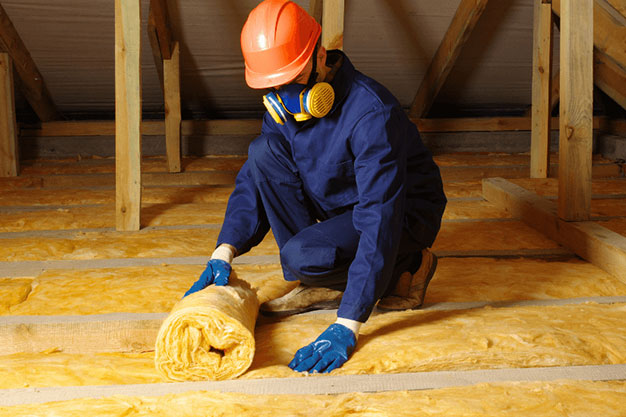
Live Bat Exclusion
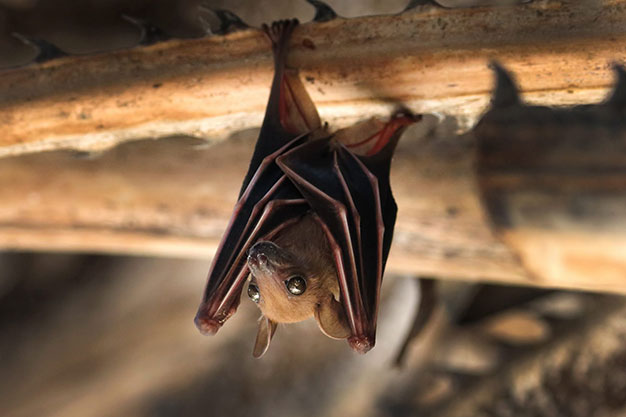
Spot Cleaning
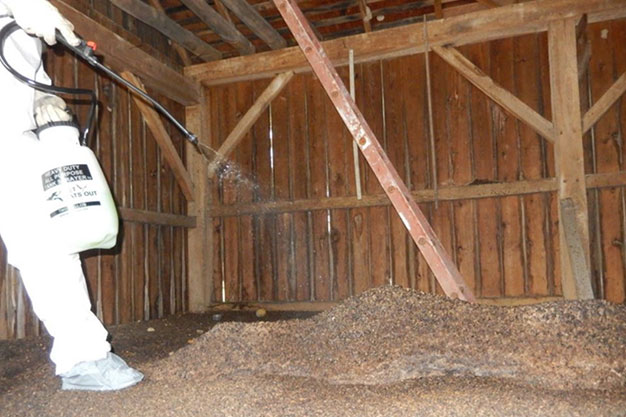
Wildlife Relocation
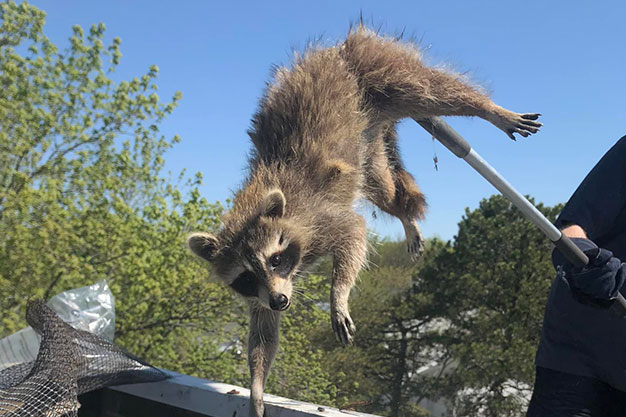
Mice Exclusion & Prevention
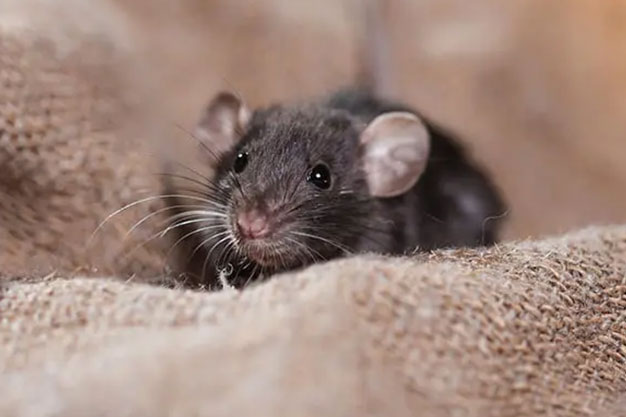
Snake Removal
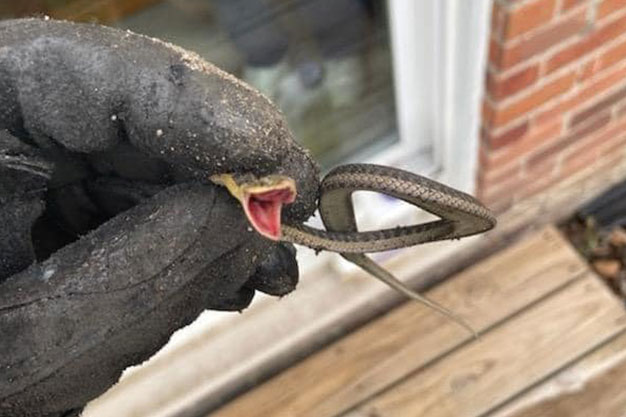
Dead Animal Removal
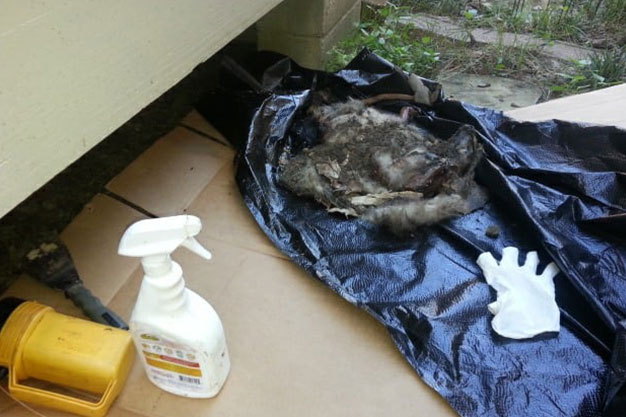
Trapping Strategy
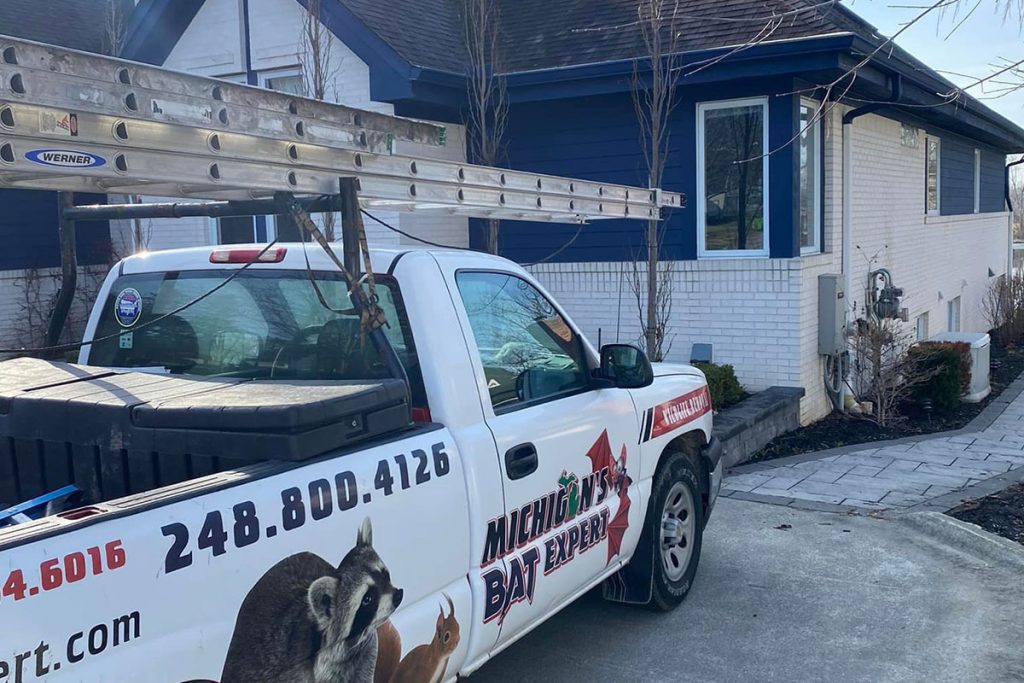
Common Wildlife We Trap & Relocate:
Michigan is home to a variety of wildlife species that can cause property damage or pose health risks. Our team safely removes:
Raccoons – Known for getting into attics, garages, and chimneys.
Squirrels – Often invade attics and walls, causing structural damage.
Skunks – Can burrow under homes and create strong odors.
Opossums – Frequently found under decks or sheds.
Groundhogs – Known for burrowing and causing damage to foundations.
Bats – It’s in our name. Bats are often found in attics and other warm places.
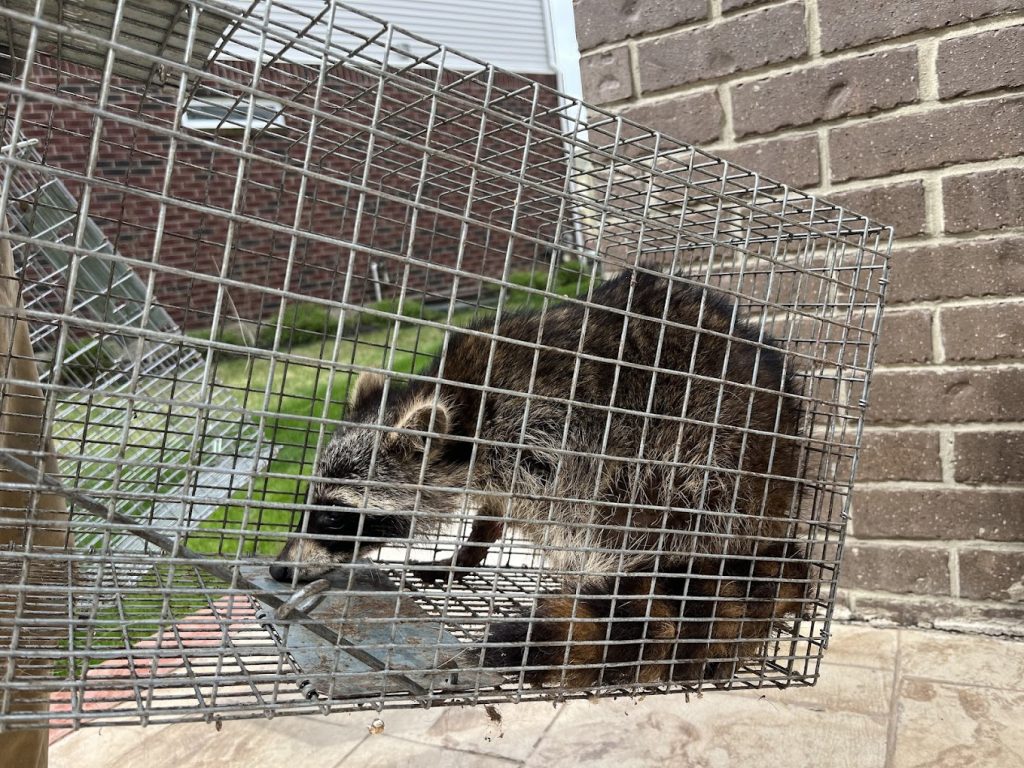
Raccoons are common all over Oakland County.

Sam Sullivan
Sam Sullivan is the owner and lead expert at Michigan’s Bat Expert, specializing in humane bat removal and exclusion services based in Oakland County, Michigan. With years of hands-on experience in wildlife control, Sam has helped countless homeowners and businesses protect their properties from bat and wildlife infestations while adhering to Michigan’s strict wildlife laws.
His expertise lies in exclusion and prevention, ensuring that bats and wildlife are removed safely and never return. Sam is dedicated to ethical and effective solutions, using proven methods that prioritize both property protection and wildlife conservation. His commitment to excellence has made Michigan’s Bat Expert a trusted name in the industry.


